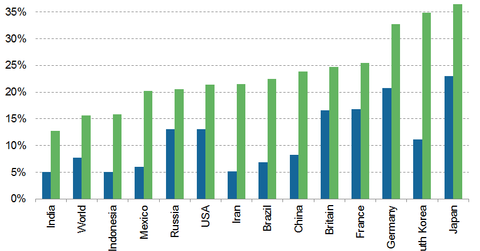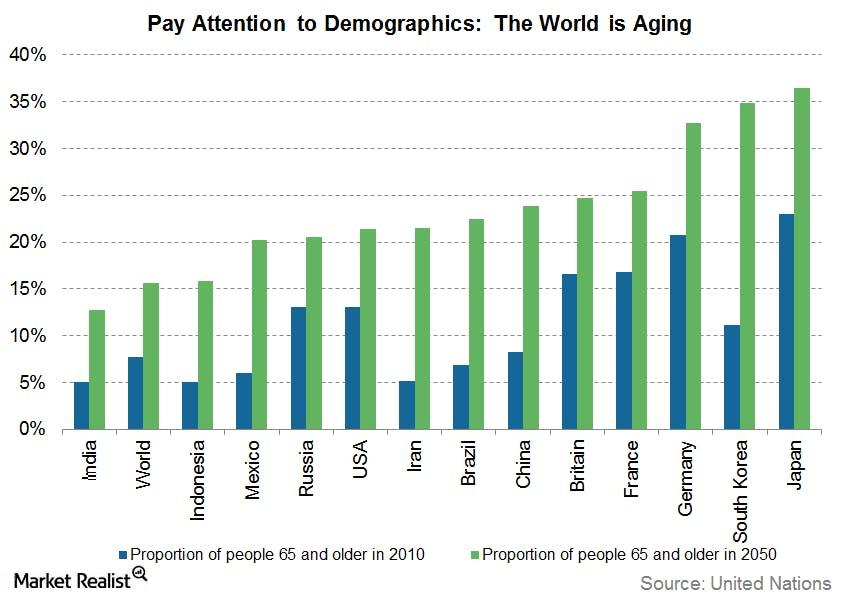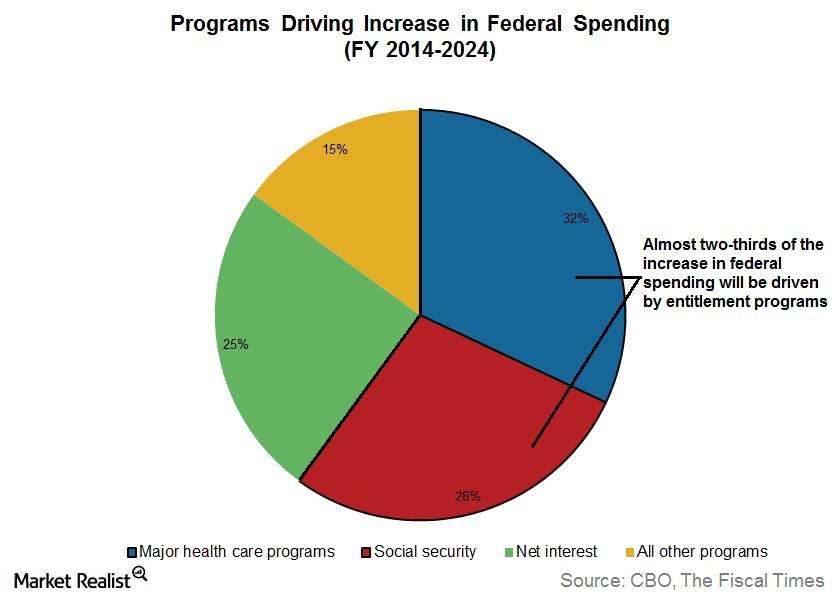How Demographics Are Shaping Generic Drug Growth
The generic drugs industry is likely to sustain robust growth in the coming years, and demographics are a key piece of the puzzle! In fact, demographics are shaping generic drug growth in a huge way.
Sept. 1 2020, Updated 9:58 a.m. ET

Generics Continue to Lower Health Care Costs
Our population is aging and more people than ever are taking prescription drugs, contributing to the rising costs of health care. Consumers, insurance companies, and governments are all helping to fuel the growth of the generic drug industry by demanding lower-cost alternatives to brand name pharmaceuticals. In our view, generic pharmaceuticals can be seen as a timely and meaningful solution.

Market Realist – Global demographics are undergoing a paradigm shift. The world is aging fast. Fertility rates keep falling while life expectancy keeps rising. According to the United Nations Population Fund, one in nine people in the world is currently older than 60. As living standards, healthcare, and welfare services continue to improve, the proportion of older people is likely to rise further. This demographic shift is likely to spur an increase in spending on healthcare and medicine. The generic drugs industry is likely to sustain robust growth in the coming years, and demographics are a key piece of the puzzle! In fact, demographics are shaping generic drug growth in a huge way.
The graph above shows the estimated over-65 population by country for 2010 and 2050. Emerging markets (VWO) like India (EPI)(SCIF) and Indonesia (IDX) have younger populations than the developed world (EFA).

As you can see in the graph above, the world’s (ACWI) median age is likely to rise over the next three decades. With a rapidly aging population, the demand for healthcare (IYH) and medicine is likely to increase too.

According to estimates from the Congressional Budget Office, entitlement programs will drive 60% of the increase in federal spending between 2014 and 2024. People’s need for prescription drugs tends to increase with age, and generic drugs’ cost effectiveness makes them crucial for reducing healthcare costs and federal budgets.
The demographic shift is a major tailwind for the pharmaceutical sector (PPH) in general and the generic drugs sector (GNRX) in particular. As the pressure to cater to an aging population increases, the need for cost-effective prescription drugs is likely to increase. In the next part of this series, we’ll explore why the generic drug market could mean savings for governments and their graying populations.
